So, let’s dive into how you can back up your data without pulling your hair out! imagine waking up one morning, casually checking your phone, only to realize that all your data photos, documents, emails are gone. Vanished! It’s like losing your keys, but instead of just a door, you’re locked out of your entire digital life. Scary, right? Well, if you’ve ever had that tiny panic attack just thinking about it, you’re not alone. Backing up data can feel like a chore, but trust me, it doesn’t have to be stressful. With a few simple steps, you can safeguard your precious files and never worry about digital disasters again.
Why Backup Your Data?
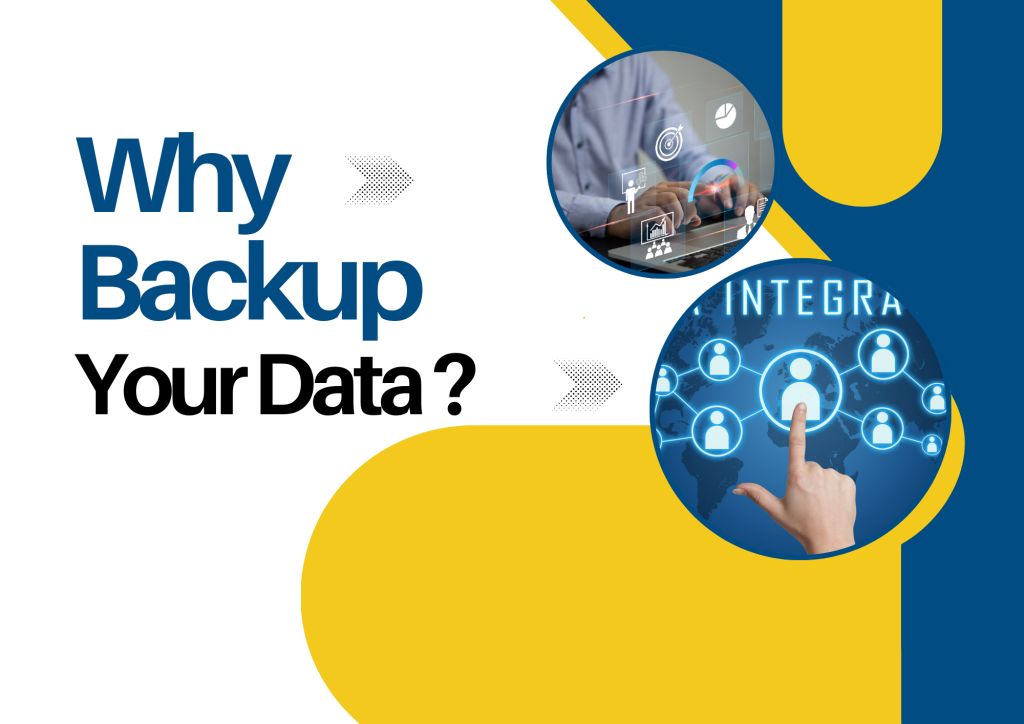
First, why should you back up your data in the first place? The reasons are pretty straightforward:
- Accidents happen: Devices can fail, and data can be deleted accidentally. You don’t want that.
- Viruses are real: Malware and ransomware can wipe out your files or lock them up.
- The cloud isn’t foolproof: Cloud storage is awesome, but what if your account gets hacked or suspended?
Now that you’re convinced, let’s break down the different ways to back up your data without adding unnecessary stress to your life.
The Classic: External Hard Drives

This is your old-school backup data method, and it’s still going strong! An external hard drive is a simple, physical solution. All you need to do is plug it into your computer and start copying over your files.
How to use:
- Plug it in, open the drive folder, and drag your important files into it.
- For a more automated approach, use backup software (like Time Machine for Mac or File History for Windows) to schedule regular backups.
Pros:
- Control: You have your data right in front of you.
- Speed: Copying files is fast.
Cons:
- Physical damage: Drop your hard drive, and say goodbye to your data.
- Theft: If someone nicks it, your data’s gone too.
Pro tip: Store your hard drive in a safe, dry place. Think of it as your data treasure chest.
The Convenient Cloud Backup
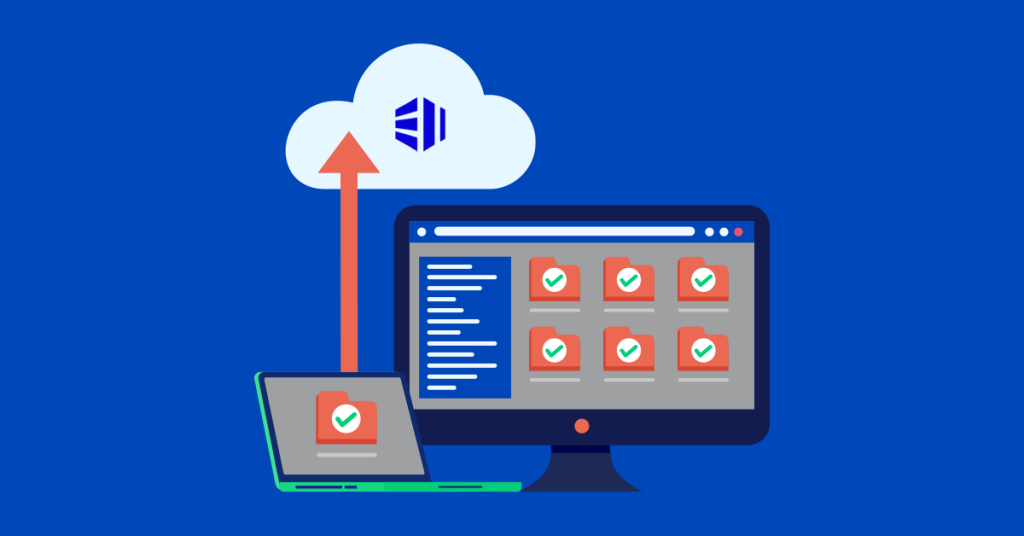
Now we’re talking the future of backup data. Cloud storage is convenient and accessible from anywhere. Whether you use Google Drive, Dropbox, or iCloud, the cloud is a great option for people who are always on the move.
How to use:
- Sign up for a cloud service, and set it to automatically sync your files.
- Most services offer free plans with limited space. If you need more storage, consider upgrading.
Pros:
- Accessible anywhere: All you need is the internet.
- Automation: Set it and forget it.
Cons:
- Internet dependency: No internet, no access.
- Subscription fees: Large storage comes at a price.
Fun fact: Did you know cloud servers are really just computers in large data centers? So yes, even the cloud lives on Earth!
USB Flash Drives: The Pocket-Sized Hero
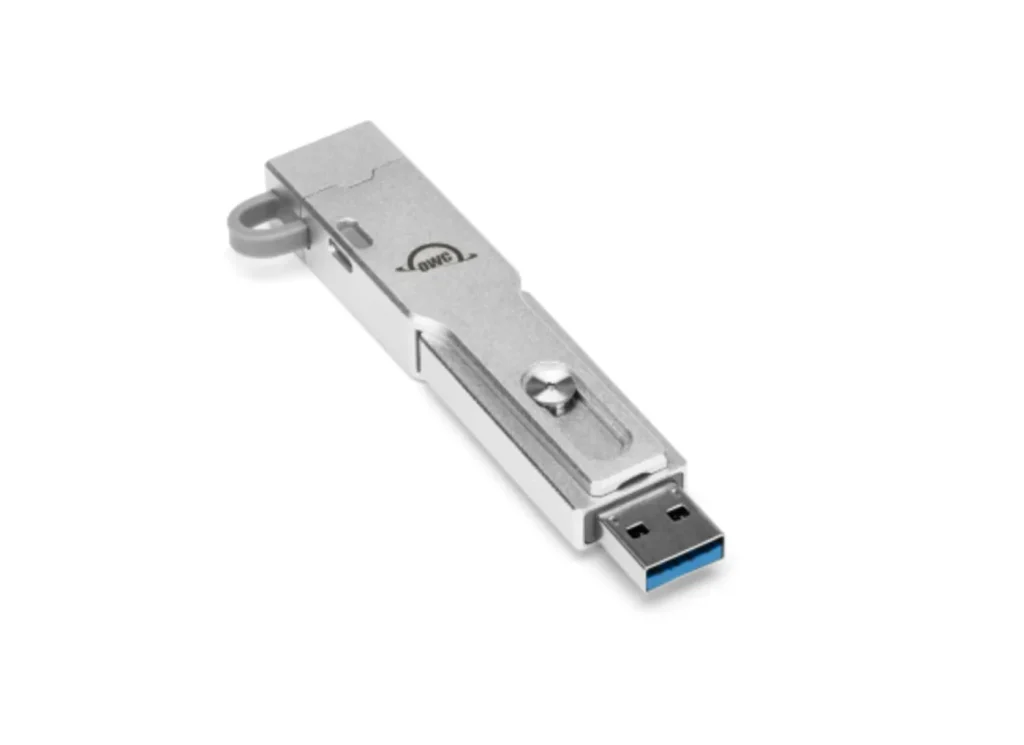
If you’re looking for portability, USB flash drives are the way to go back up your data. They’re small, easy to use, and perfect for backing up essential files like documents or presentations.
How to use:
- Insert the flash drive and manually copy files.
- Some flash drives even come with backup software.
Pros:
- Portability: Small enough to fit in your pocket.
- No internet needed: Perfect for quick transfers.
Cons:
- Limited storage: Not great for backing up entire computers.
- Easy to lose: It’s so small you might misplace it!
Note: Always buy a reputable brand to ensure your data’s safety. No one likes a cheap flash drive that fails at the worst time.
Automated Backup Software: Let Technology Do the Work
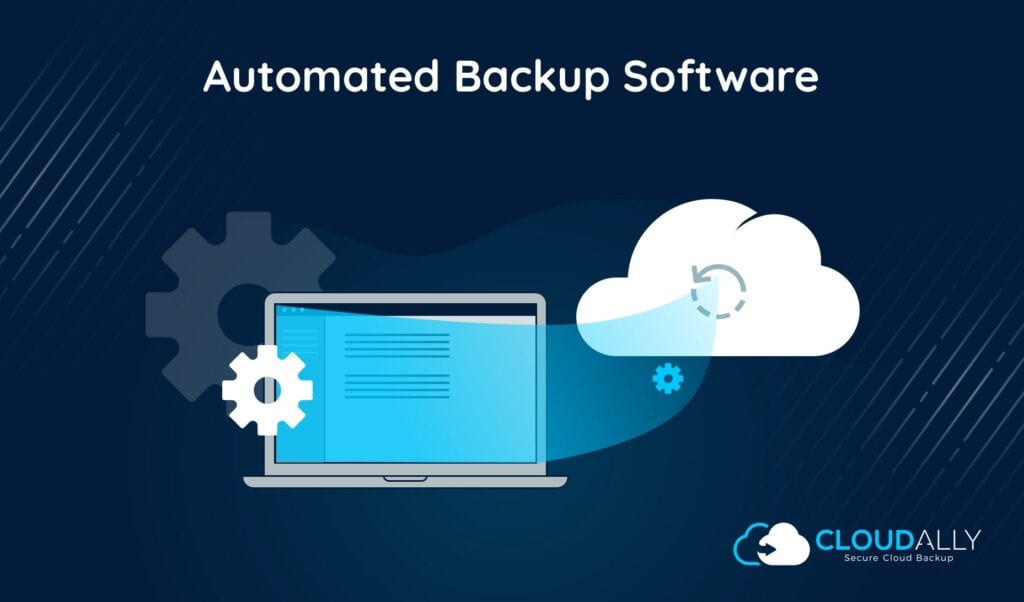
Why stress about backing up data when software can do it for you? Automated backup software through data makes the process seamless. Programs like Acronis True Image or Back blaze handle everything in the background, ensuring your files are always safe.
How to use:
- Install the software, set your backup preferences (cloud or external drive), and let it do its thing.
Pros:
- No manual work: It runs on autopilot.
- Customizable: Set it to back up only what you need.
Cons:
- Costs: Good backup software often comes with a price tag.
- Initial setup: Setting preferences can feel a little daunting.
Think of it this way: It’s like hiring a personal assistant to do the tedious stuff for you. Just sit back and relax!
Multiple Backup Strategy: Double the Safety
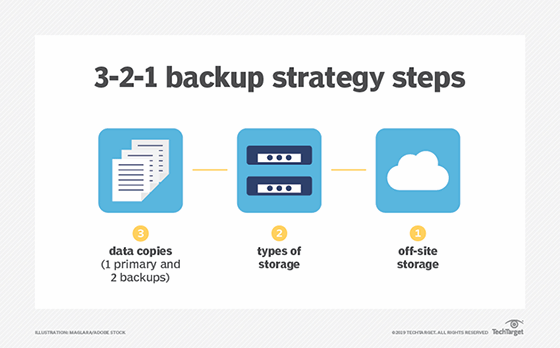
Want to really protect your data? Go for the 1-2 punch: Local backup (like an external drive) combined with cloud backup. That way, if your hard drive fails, you still have the cloud. And if your cloud account gets hacked, your local backup will save the day.
How to use:
- Regularly back up files to both an external hard drive and a cloud service.
Pros:
- Maximum security: You’re covered in almost every disaster scenario.
- Peace of mind: No worries about losing data.
Cons:
- Takes effort: You have to manage two backup locations.
- Costs: Cloud storage fees and external hard drives aren’t free.
Remember: Backup once is good, but twice is better. Call it a digital insurance policy!
Final Thoughts
Backing up your data doesn’t have to be stressful or complicated. Whether you go for an external drive, cloud storage, or automated software, the key is to start. Because let’s be honest, it’s better to back up your files now than to regret it later when something goes wrong. Take the time today to protect your digital life, and your future self will thank you!
FAQs
Q1: How often should I back up my data?
A: It depends on how often your files change. Weekly is a good general rule, but if you’re working on important projects daily, back them up daily.
Q2: Should I trust free cloud services for backups?
A: Free cloud services are good for basic backups, but if you’re backing up important or sensitive data, consider a paid service with more security features.
Q3: What if I forget to back up my files?
A: No worries! That’s where automated backup software comes in. Set it up once, and it will do the rest for you.
